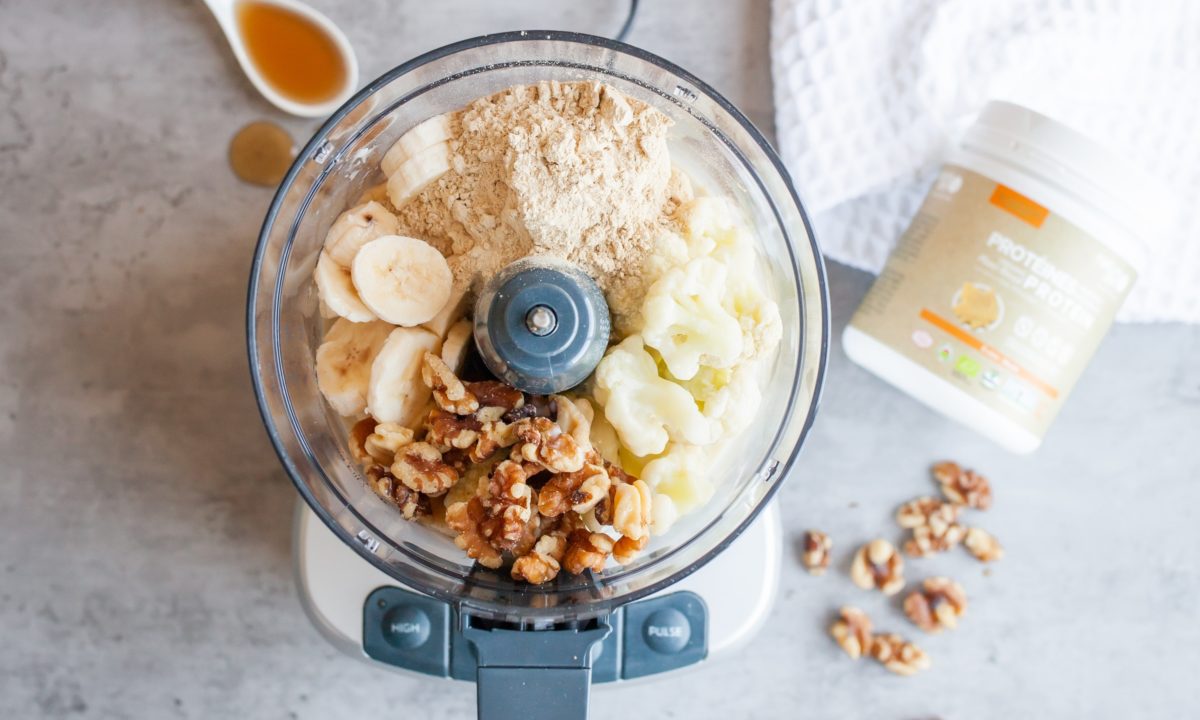The foundation of successful training is a well-balanced combination of stress and recovery. Both can be influenced by nutrition.
Douglas Lowe, the winner of the 800 m race at the 1924 and 1928 Olympic Games, published a 370-page book on training in 1929. The British athlete described all aspects of athletics, but recovery was not an issue for him (1).
In science, on the other hand, research has been conducted on recovery after athletic exertion since at least the mid-1920s (2). This has not changed much until today, regeneration in sports is a popular research topic. In practice, however, it is often neglected. However, an optimal regeneration contributes significantly to the achievement of training goals.
In recent years, regeneration has begun to be viewed in a more differentiated way, and today a distinction is made between a short and a long regeneration phase. Short regeneration is the time between training sessions or competitions on the same day. The main aim is to recover as much as possible for the next event. The measures of a long regeneration, on the other hand, are aimed more at training adaptations.
Prioritize carbohydrates or sweat loss?
The nutritional measures are reduced to two aspects in the short regeneration: Replacement of carbohydrate consumption and replacement of sweat loss from the preceding exercise. Priority is given to the aspect that can affect performance in the subsequent effort. If the energy reserves are critical, carbohydrates are needed. The optimal amount is about 1.2 grams per kg of body mass every hour (3). In practice, however, this amount is often not achievable. Then some protein helps to replenish the stores (a good 0.3 grams of protein per kg of body mass).
If one expects significant sweat losses in the next load, the focus must (also) be on fluid intake. The drink of choice should contain some table salt, otherwise a good part of what is drunk will soon be excreted again via the kidneys as urine (4).
Sports nutrition necessary?
If the focus is on longer-term training adaptations, additional attention must be paid to repairing and/or building muscle. With a good 20-25 grams of protein of animal origin, ideally whey protein, you support this process in an ideal way (5). This initial boost of protein should be given immediately after the last exercise of the day and, optimally, repeated three to four times every two hours.
For recovery, there is a whole range of sports foods such as recovery shakes or bars. They all provide carbohydrates and protein, the shakes still some liquid. Such products are certainly convenient, but you could also use regular foods. Research in recent years has shown that traditional chocolate milk, for example, performs well as a recovery drink (6,7). In principle, sandwiches plus carbohydrate-containing drinks are also suitable. It is simply a matter of ensuring that the food is digested before the next session.
Part of training in competitive sports
Regeneration after athletic exertion should be considered part of training, at least in competitive sports. If it is optimized, one is ready for action again at a higher level more quickly. This also applies to nutritional measures. If you neglect them, you prolong the time it takes to get back to top fitness. In the worst case, you don’t start the next session on the following day fully recovered and slowly slide into overtraining. And once you get there, it’s not so easy to come out of it.
Nutrition expert Dr. Paolo Colombani is a scientific consultant with his own nutrition practice.
Literature
(1) Lowe D, Porritt AE. Athletics. London: Longmans, Green, and Co, 1929
(2) Hill AV et al. Proc. R. Soc. B 1924; 96: 438–75
(3) Beelen M et al. Int. J. Sport Nutr. Exerc. Metab. 2010; 20: 515–32
(4) James LJ, Shirreffs SM. J. Strength Cond. Res. 2015; 29: 521–7
(5) van Vliet S et al. J. Nutr. 2015; in press
(6) Wojcik JR et al. Int. J. Sport Nutr. Exerc. Metab. 2001; 11: 406–19
(7) Lunn WR et al. Med. Sci. Sports Exerc. 2012; 44: 682–91
This Blog Article was made available to us by Fit for Life. Fit for Life is the Swiss magazine for fitness, running and endurance sports. Would you like to read such articles regularly? Then Click here.

